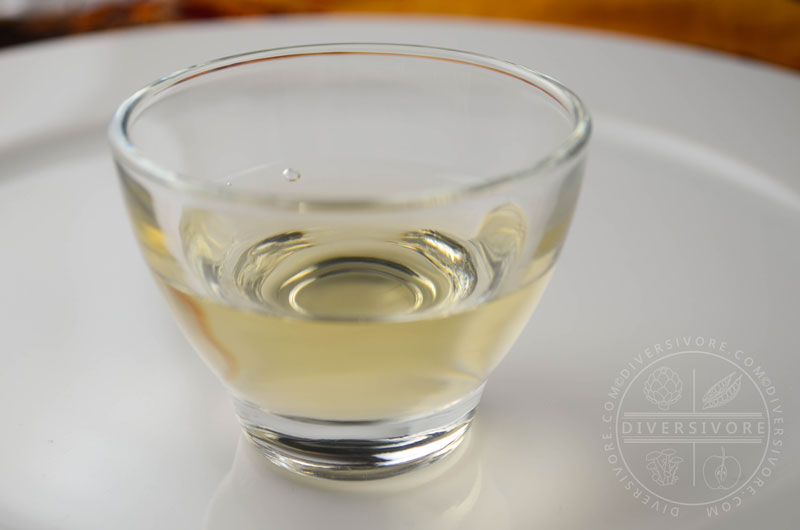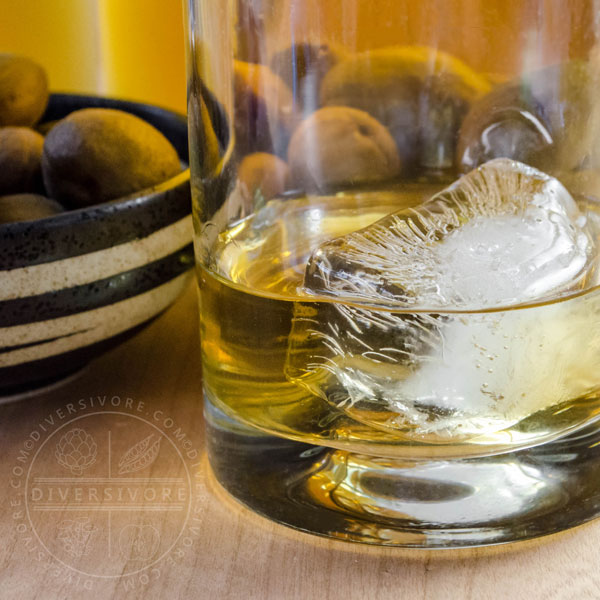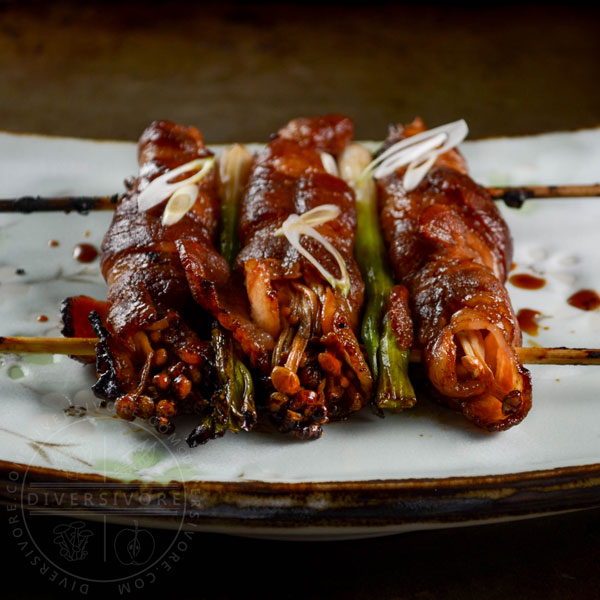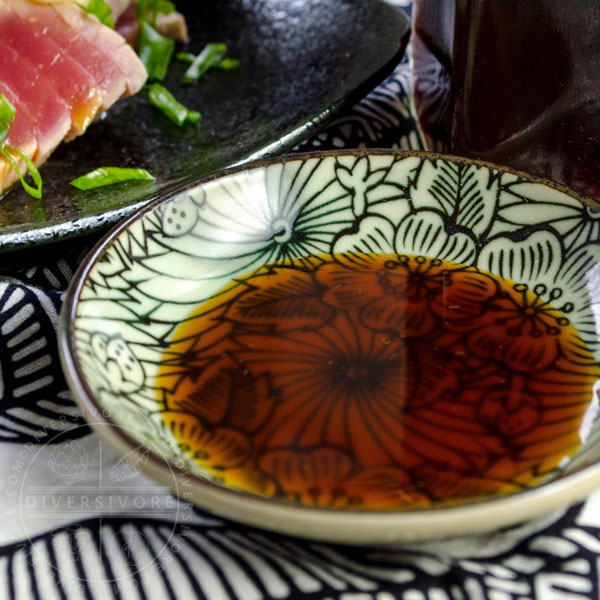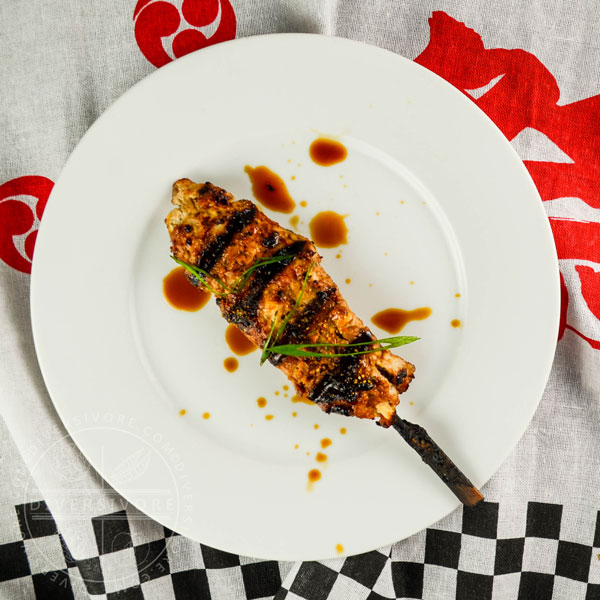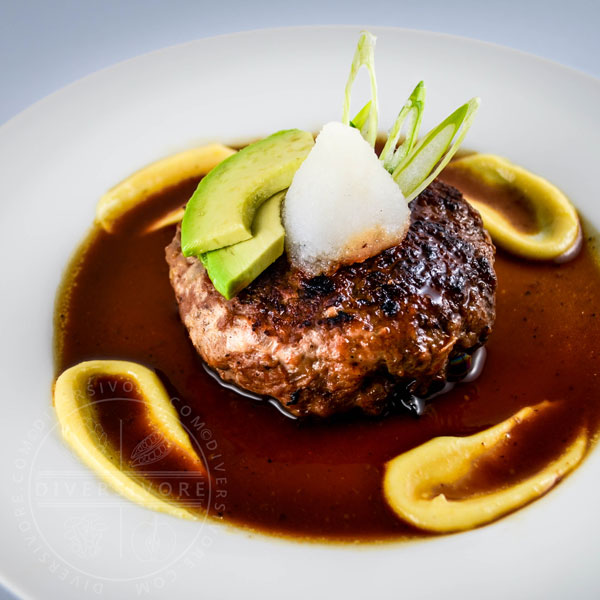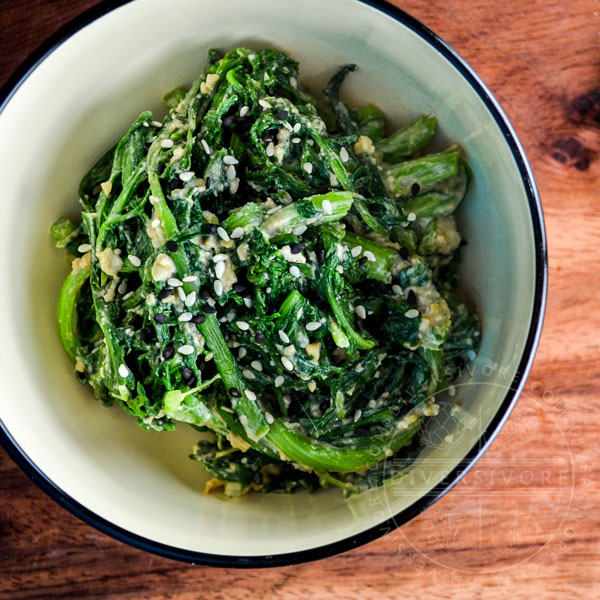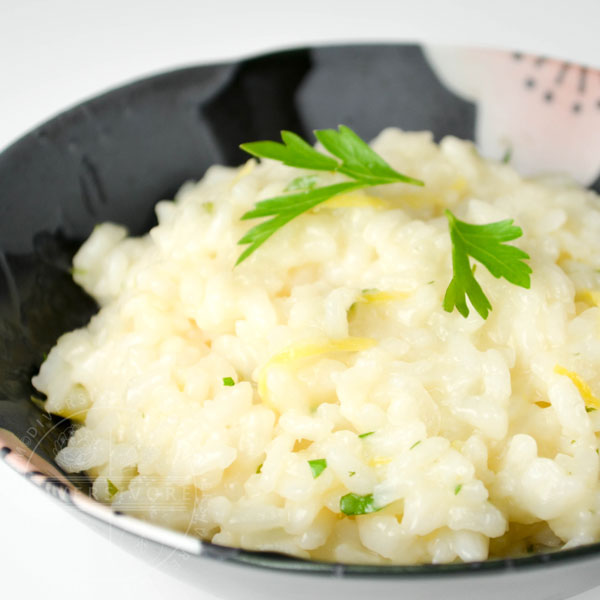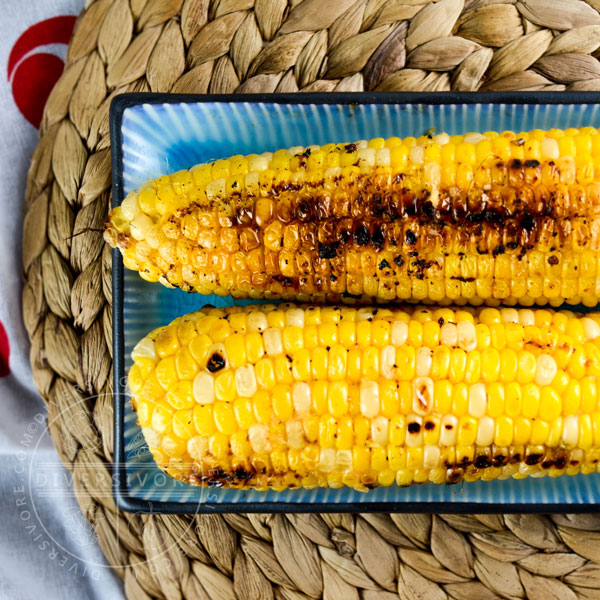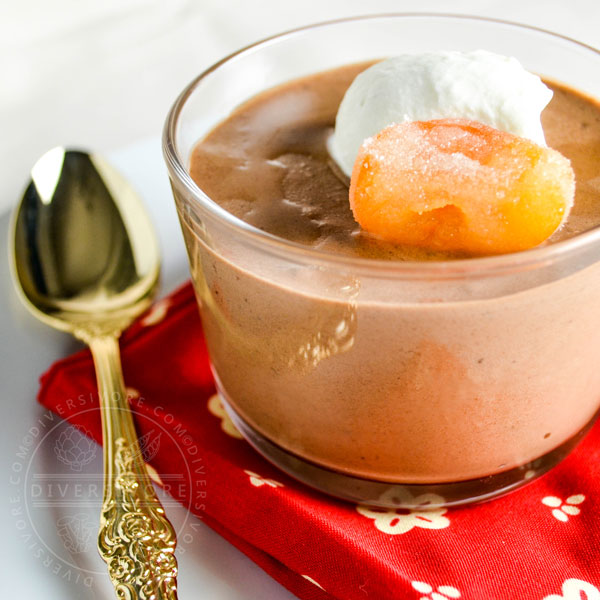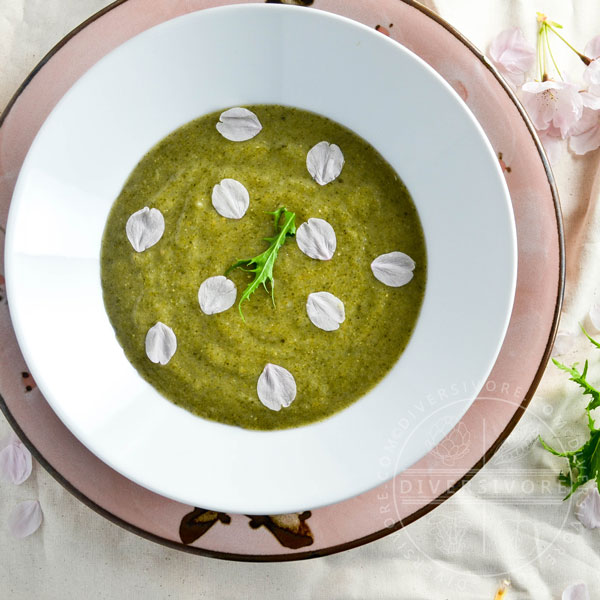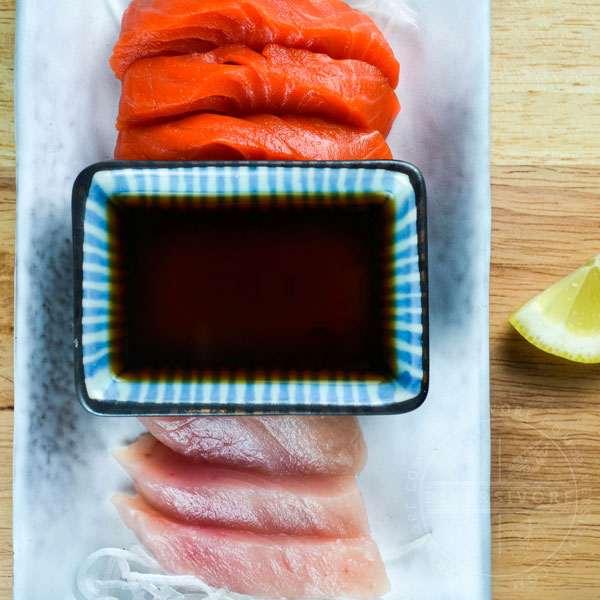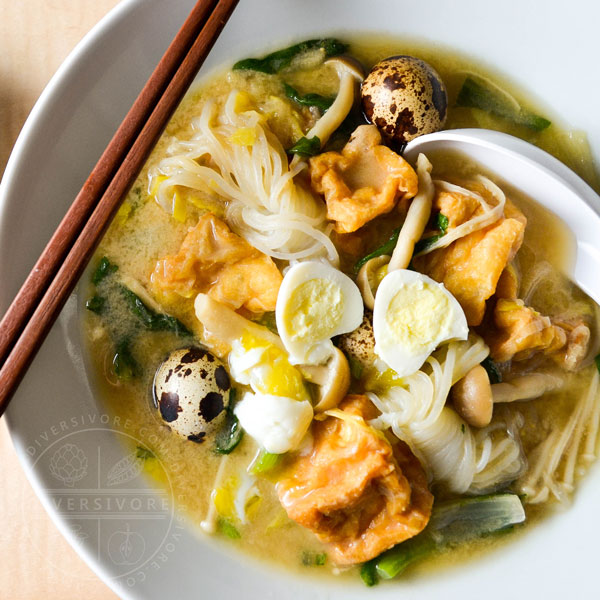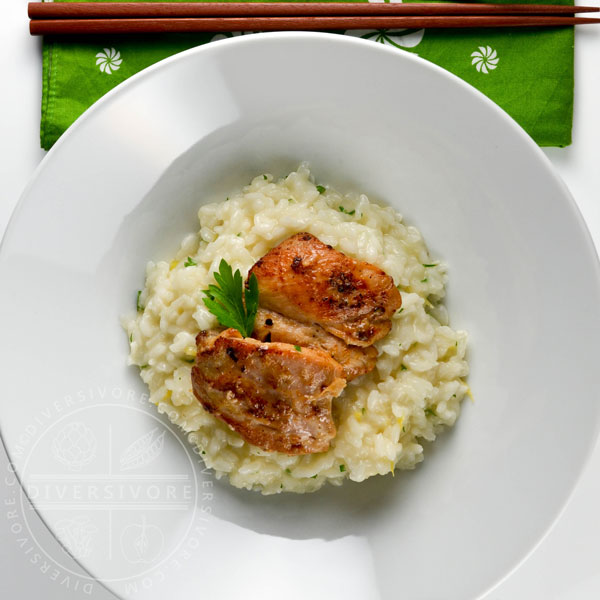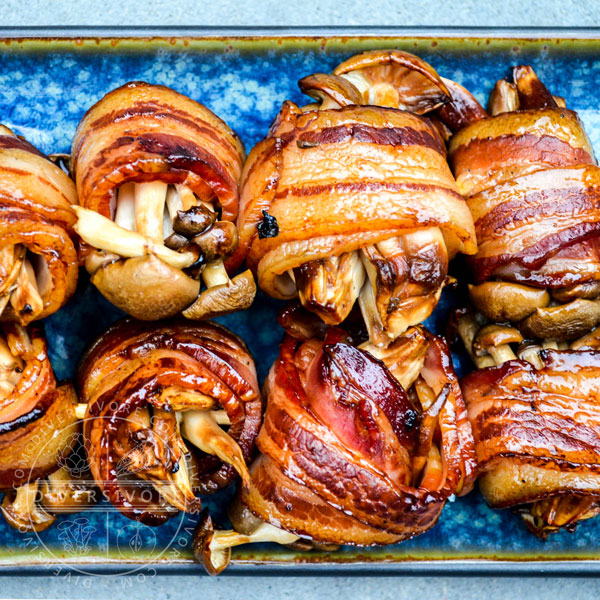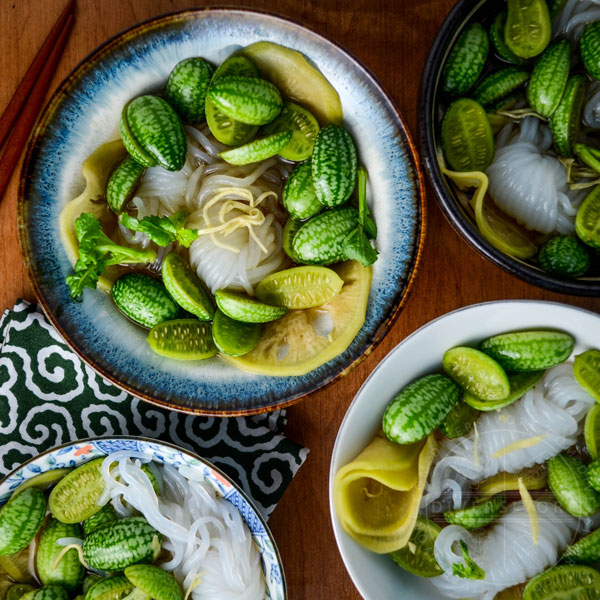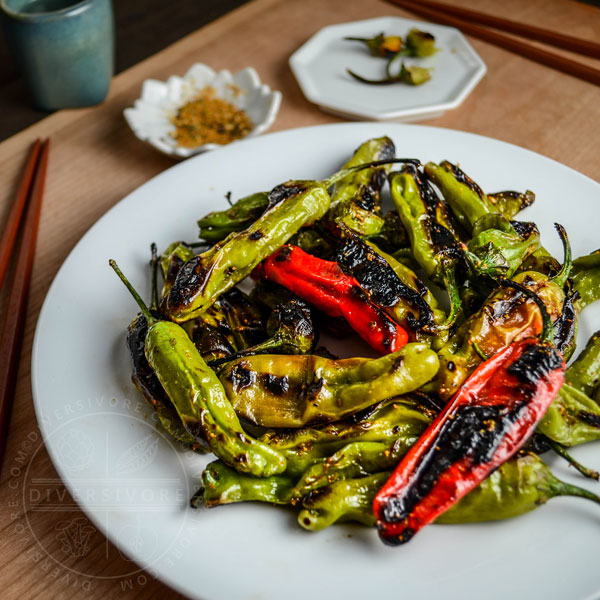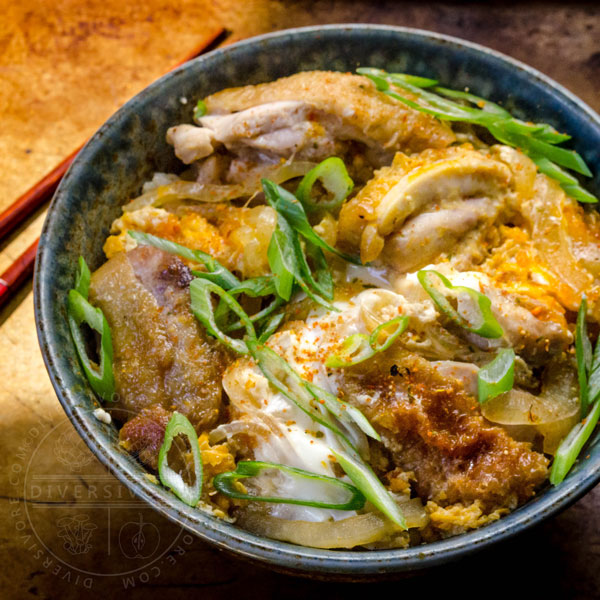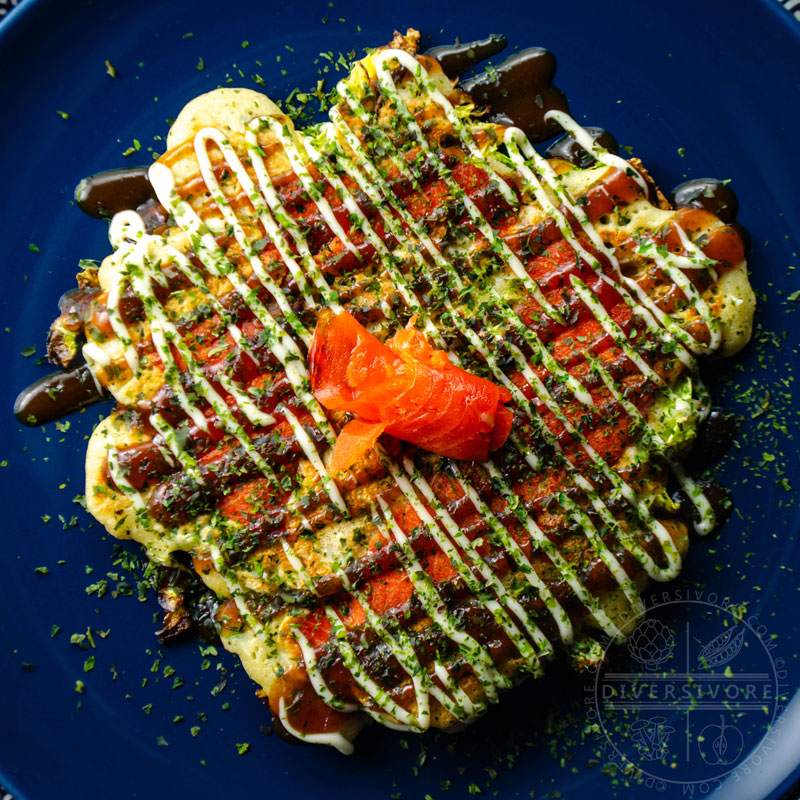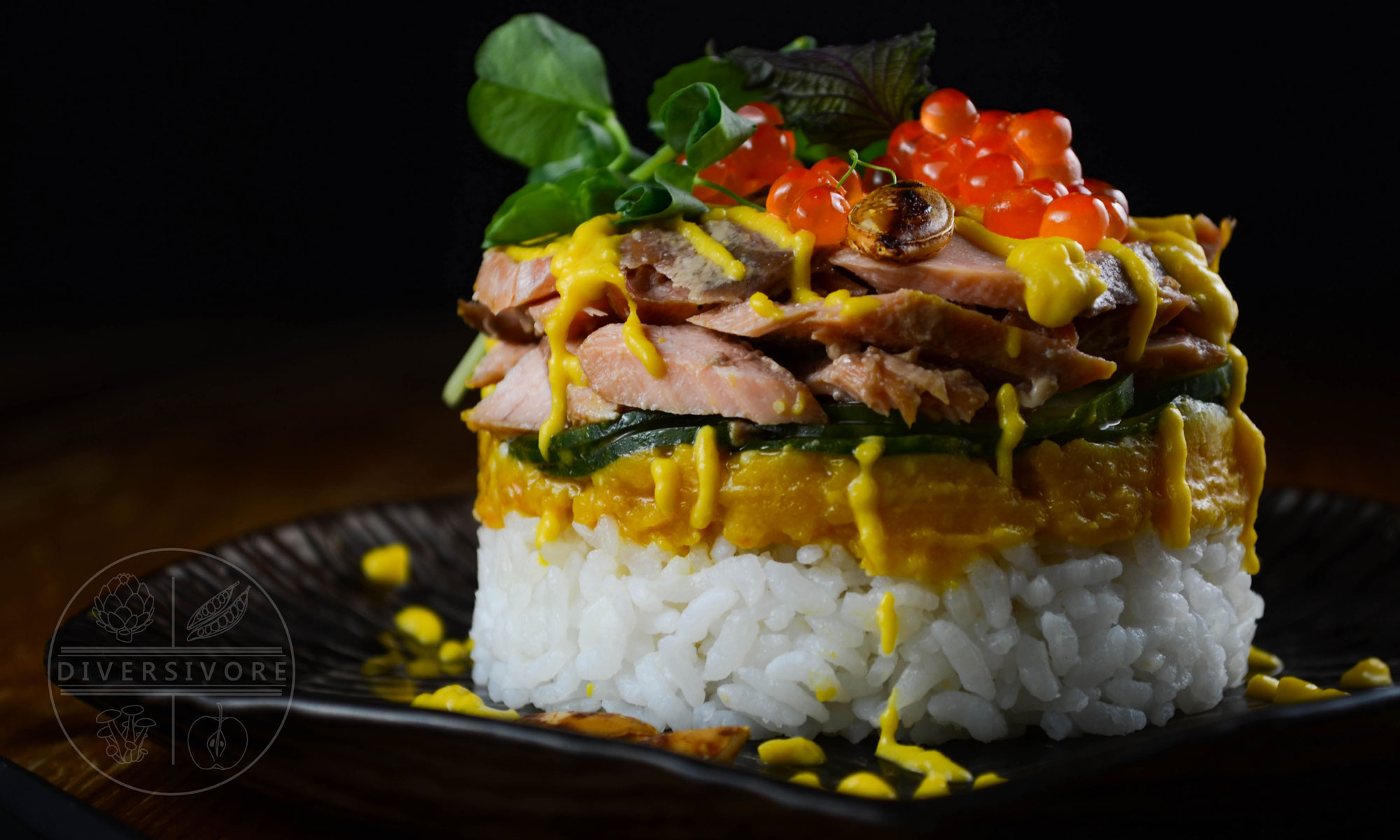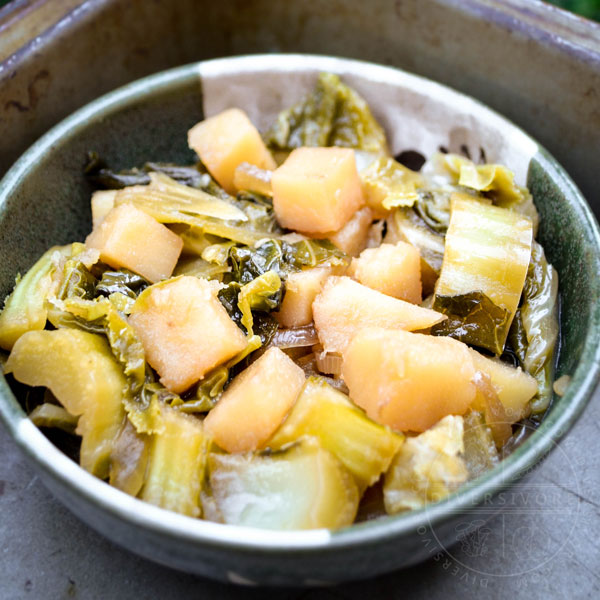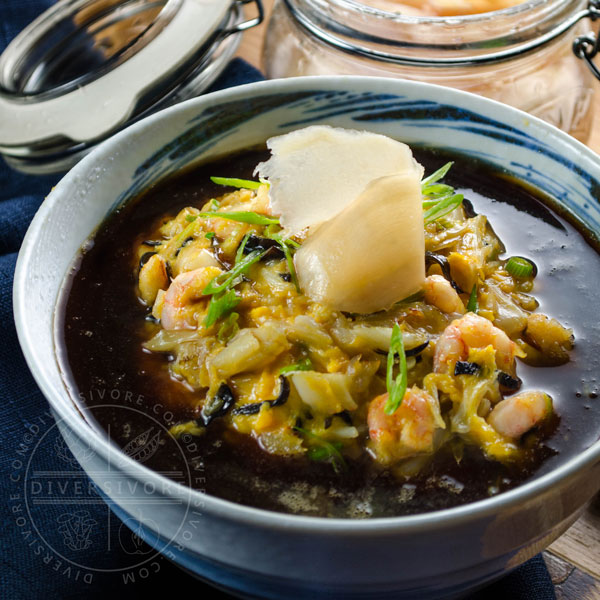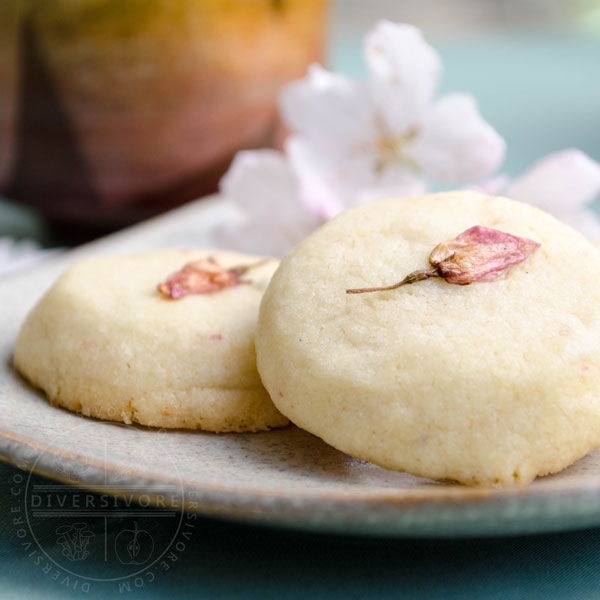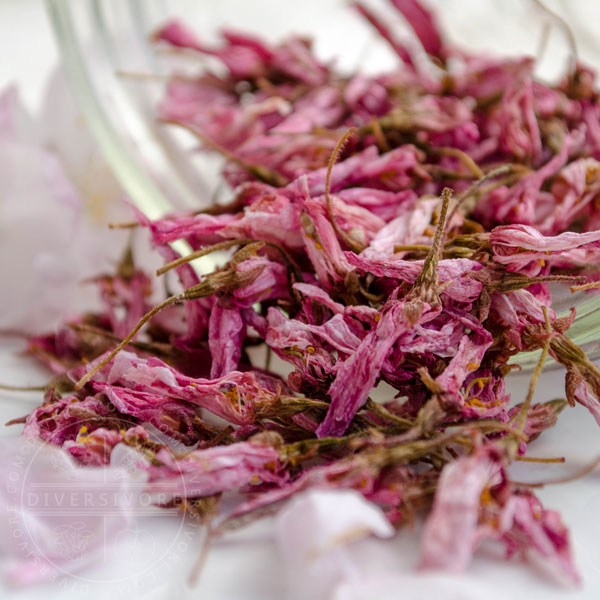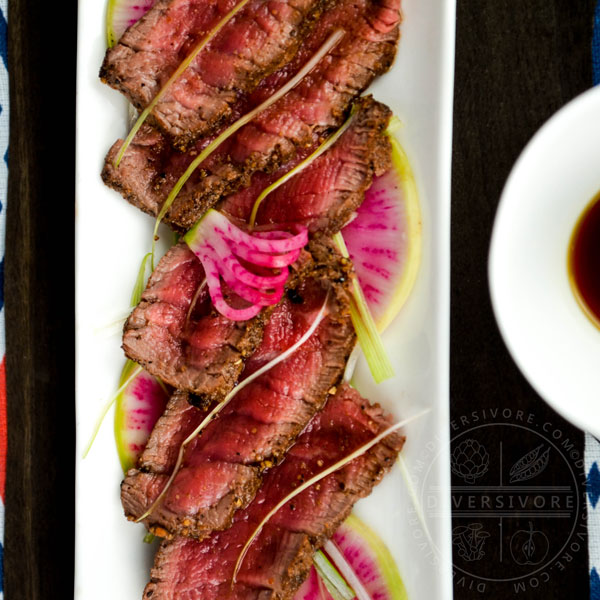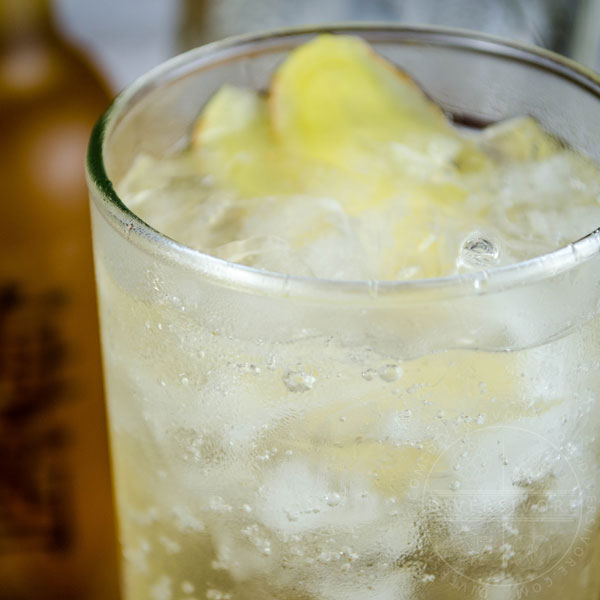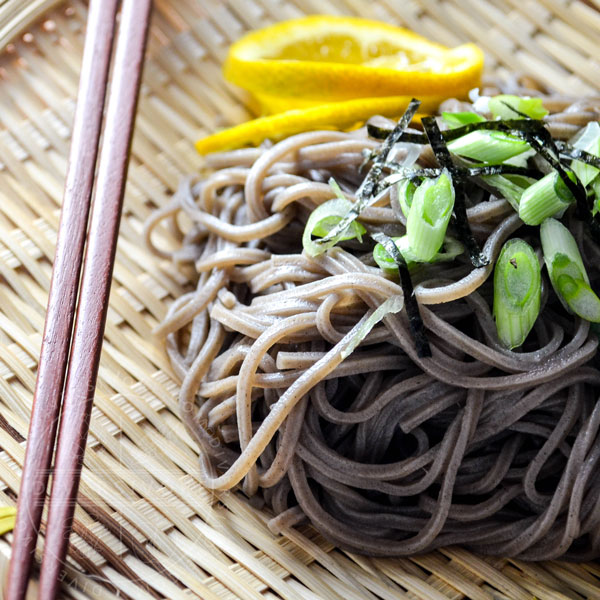Differentiating the different types of mirin can be frustrating without some additional information. Mirin should, at the most basic level, be a sweet rice wine, but the source of the sweetness and the alcohol content can vary a great deal. Here’s the basic break-down.
NOTE: The Japanese names given are intended to help you shop, but they are not always a perfect guide. Inexpensive, lower quality mirin can sometimes be given the same name as higher grade varieties. The best guide is going to be the ingredient list, not the name.
TRUE (BREWED) MIRINS
These mirins are made in the same manner as sake (or are made from an alcohol base). Because they are fermented and aged, these mirins tend to develop a more complex and balanced flavour. They also tend to be more expensive.
Hon-mirin (本 みりん) – Literally “True Mirin,” this should be made with nothing more than rice, rice koji (starter) and small amount of salt. Shochu (another Japanese rice alcohol) is generally added during the brewing process, but because this likewise contains only rice and koji, it is not listed as a separate ingredient. Hon-mirin generally has an alcohol content of 12-14%. It is not, strictly speaking, a cooking wine, and is actually consumed as a beverage in some situation. This means it is generally subject to any laws (and taxes) that affect the sale of liquor and spirits. Because of this, it is generally the hardest mirin to find. Hon-mirin derives all of its sweetness from the fermentation process, and does not have any added sugar. Hon-mirin may simply be sold as mirin, and beware cheaper, corn syrup-based products that are labeled as hon-mirin.
Shio-mirin (塩 みりん) – Literally “Salt Mirin,” this is brewed mirin that has had salt added to render it undrinkable. This means that it can generally avoid the sales and tax restrictions that apply to alcohols intended for drinking. This tends to make it the easiest of the brewed mirins to find in stores. Like hon-mirin, it generally has a 12-14% alcohol content. Shio-mirin may have some added sugar as well, but it should not be a corn-syrup based product. Because of the difficulty and expense of obtaining hon-mirin, I tend to use shio-mirin. I use a variety that contains 619 mg of salt per 100 ml and it does not taste salty. If you do use shio-mirin, you may choose to adjust the seasoning of your dishes to lower the salt content, though I rarely find this necessary. Shio-mirin can vary in quality (and price) so shop around and keep an eye on the quality of the ingredients and (if you can read enough of the bottle) the brewing time — longer is better. As with hon-mirin, shio-mirin is often simply sold as mirin. Check the ingredients to figure out what you’re getting.
MIRIN-LIKE SEASONINGS
These are the most commonly available ingredients labeled as mirin, despite the fact that they are not true mirin. They are usually seasoned with some rice ingredients to impart a flavour somewhat like mirin, but they are not brewed or aged, and they are usually very sweet. Because they are not naturally sweetened during fermentation, they instead rely on the addition of sugar, usually in the form of corn syrup. Many of these actually list corn syrup (or HFCS) as the first ingredient.
While these may seem ‘inauthentic,’ they are in fact quite popular in Japan. This is partly because of the changes in cooking that accompanied draconian alcohol taxation following the Second World War.
I personally don’t use these seasonings, though I used to when I started cooking Japanese food. If these are all you can get, I still would not use them in dishes that rely heavily on mirin, as they are generally far too sweet.
The mirin-like seasonings may be labeled as shin-mirin (新みりん) literally “New Mirin,” or mirin-fu chomiryo (みりん-府 ちょミリョ), literally “mirin-like condiment.”
Kotteri-mirin (こってり みりん) which, oddly enough, translates to chunky mirin, is basically mirin-flavored corn syrup, and it is extremely sweet. It has less that 1% alcohol, and tends to be the easiest mirin-like seasoning to find. I personally recommend avoiding it, as it tends to create the kind of one-dimensional, overly-sweet dish common in cheap western-style Japanese food.
Aji-mirin (味 みりん), literally “taste mirin” is something of a hybrid. It may have rice and water as the first two ingredients, or it may be corn syrup based. Either way, it is still sweetened somehow. It also has added alcohol (generally about 8%). If you cannot get a brewed mirin, I would suggest using a decent quality aji-mirin for something closer to the right taste, or sweetened sake (see ‘substitutions’ below). As with everything listed in this section, the names can be used and abused in confusing ways, so look to the ingredients to figure out what you’re dealing with.
